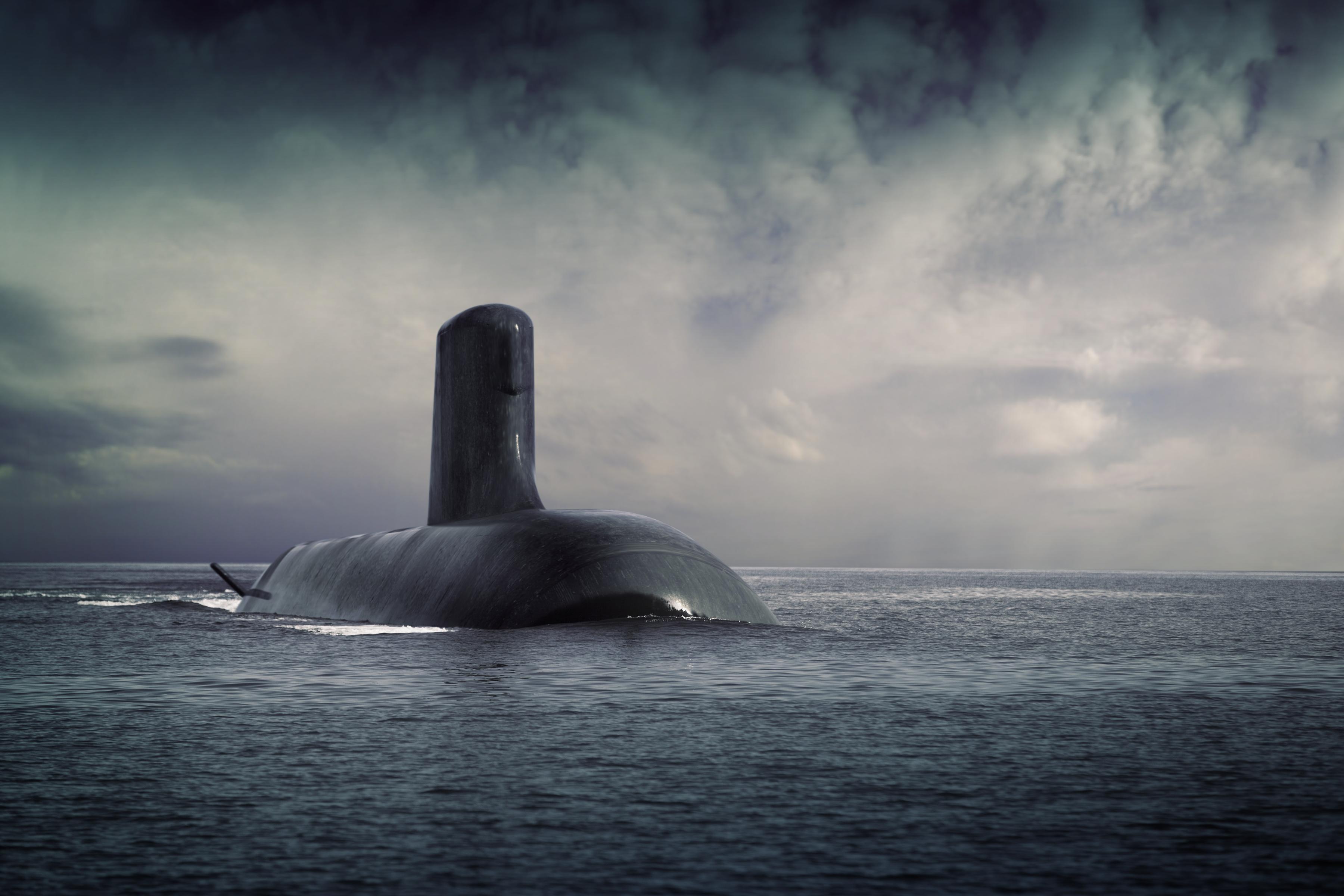 DCNS of France has been selected as our preferred international partner for the design of the 12 Future Submarines, subject to further discussions on commercial matters.
DCNS of France has been selected as our preferred international partner for the design of the 12 Future Submarines, subject to further discussions on commercial matters.
The next generation of submarines for Australia will be constructed at the Adelaide shipyard, securing thousands of jobs and ensuring the project will play a key part in the transition of our economy.
Along with our recent naval shipbuilding announcements, the commitment to an Australian build will create a sustainable Australian naval shipbuilding industry and provide the certainty that industry requires to invest in innovation and technology and grow its workforce.
The Future Submarine project is the largest and most complex defence acquisition Australia has ever undertaken. It will be a vital part of our Defence capability well into the middle of this century.
This $50 billion investment will directly sustain around 1,100 Australian jobs and a further 1,700 Australian jobs through the supply chain.
Today’s announcement follows the comprehensive Competitive Evaluation Process (CEP) involving DCNS, TKMS of Germany and the Government of Japan. Each bidder submitted very high quality proposals and the Australian Government takes this opportunity to thank both TKMS and the Government of Japan for their ongoing commitment to Australia and their participation in the process.
The CEP has provided the Government with the detailed information required to select DCNS as the most suitable international partner to develop a regionally-superior future submarine to meet our unique national security requirements, as detailed in the 2016 Defence White Paper.
This rigorous and independent process was led by Head of the Future Submarine Program, Rear Admiral Greg Sammut AM CSC, and General Manager Submarines, Rear Admiral Stephen Johnson USN (retired), who was previously in charge of the program to replace the Ohio Class ballistic missile submarines.
The process was overseen by an independent Expert Advisory Panel, chaired by former Secretary of the United States Navy, Professor Donald Winter. It was peer reviewed by Vice Admiral Paul Sullivan USN (retired) and Rear Admiral Thomas Eccles USN (retired).
This decision was driven by DCNS’s ability to best meet all of our unique capability requirements. These included superior sensor performance and stealth characteristics, as well as range and endurance similar to the Collins Class submarine. The Government’s considerations also included cost, schedule, program execution, through-life support and Australian industry involvement.
Subject to discussions on commercial matters, the design of the Future Submarine with DCNS will begin this year.
The Turnbull Government is also conducting a strategic review of the workforce, skills and infrastructure needs to deliver this key capability as part of its Naval Shipbuilding Plan, to be released this year. The Plan will bring together the requirements for the Future Submarine program, along with the more than $35 billion Future Frigate program and the more than $3 billion Offshore Patrol Vessel program, as part of the broader continuous naval shipbuilding philosophy to which the Government is committed.
The Turnbull Government will maximise Australian industry involvement in the program and will work closely with DCNS to identify opportunities for local businesses to integrate into the supply chain.